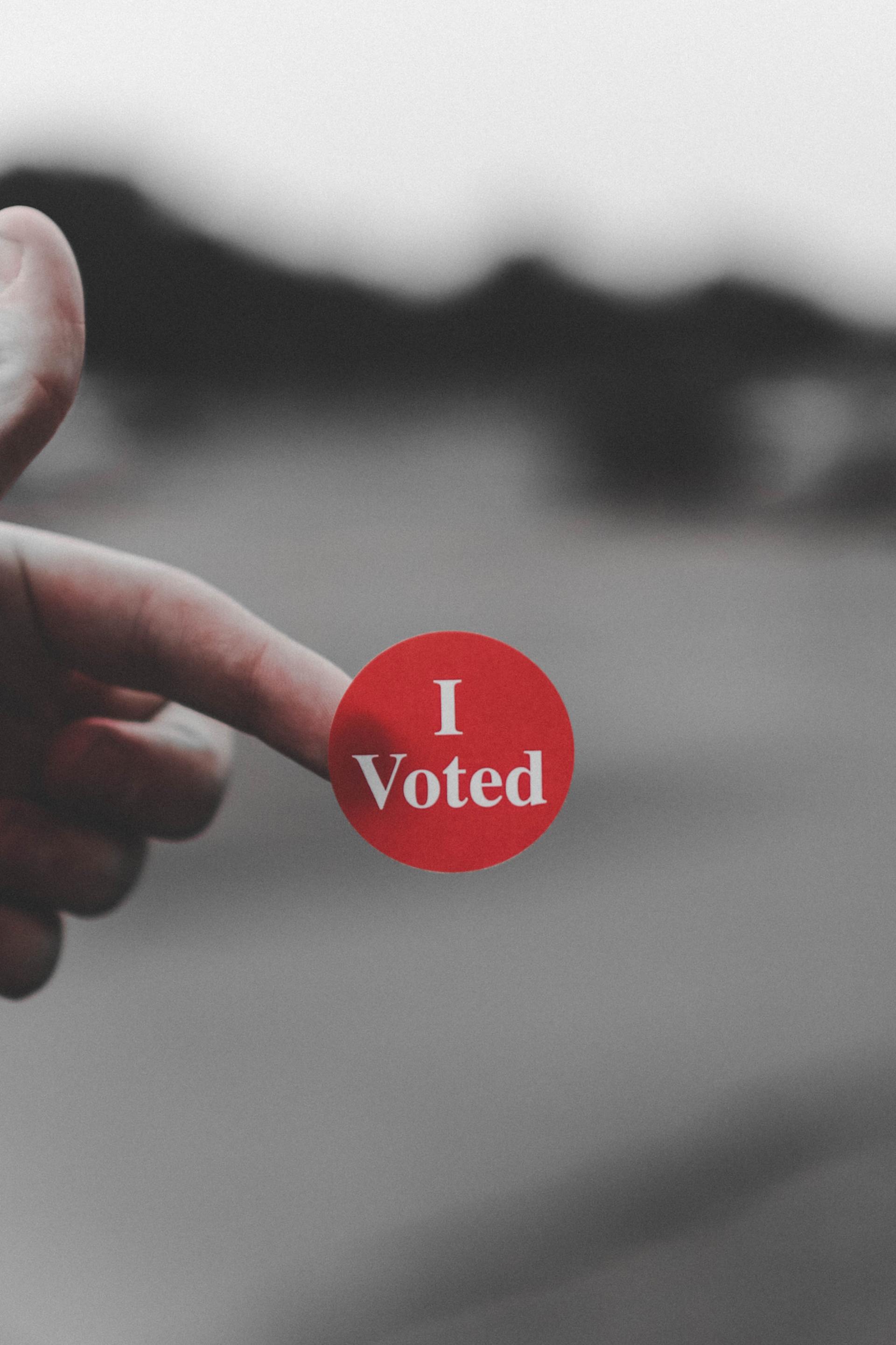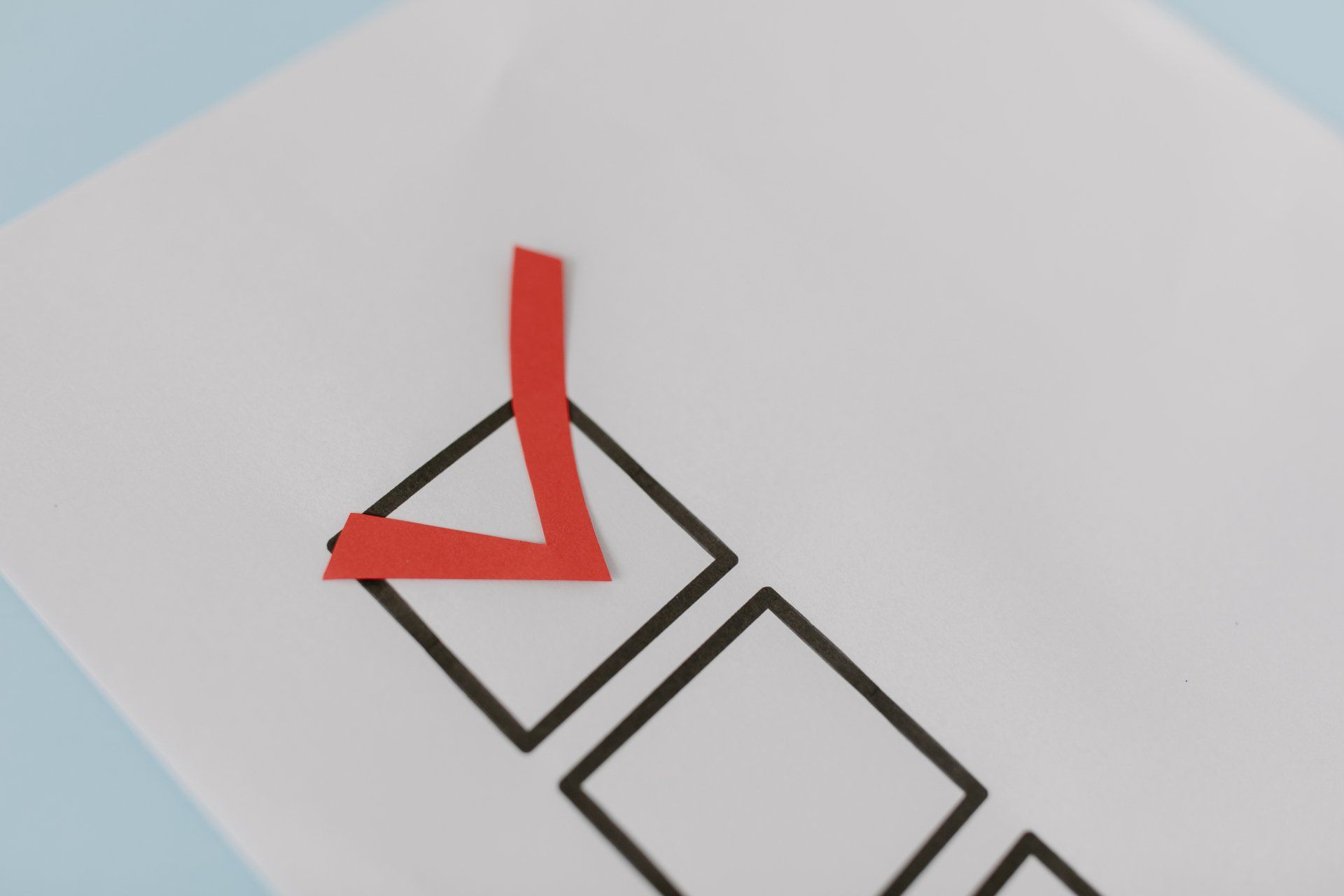By VOW Ops
•
July 17, 2021
The New York City mayoral primary election made headlines across the nation last month when voters went to the polls not to vote for a single candidate, but rather to rank their top picks for who should lead their party on the ballot in November. The election marked the first time in decades New York City used ranked-choice voting. Ranked-choice voting was approved in the city as a ballot measure in 2019. And as the largest jurisdiction in the United States to implement ranked-choice voting, the nation has eagerly looked on as New York City tests a process that proponents claim to be an improvement to the way we elect our representatives. The way ranked-choice voting works is simple. Voters list their top candidates in order of preference; the candidate they would most like to see win is ranked first, followed by their second choice, and so on. In New York City last month, voters were able to rank their top five candidates . To win an election with ranked-choice voting in place, a candidate needs to receive over 50% of the vote. If no candidate has received over 50% of the vote after the first count, a second round begins. The candidate who received the least number of first-place votes initially is removed from the ballot, meaning that this candidate’s voters’ second choice comes into play. The votes are reallocated, and the process continues until one candidate finally receives over 50% of the vote. It may seem complicated at first, but ranked-choice voting is akin to a run-off election. Unlike typical run-offs, however, which take weeks and require localities to spend additional money administering a second election, ranked-choice voting facilitates run-off elections instantly as a feature. In fact, ranked-choice voting is sometimes referred to as an “instant run-off,” as the process ensures that the winning candidate will garner a majority of votes rather than merely a plurality. Proponents say that ranked-choice voting is a more effective method of electing representatives. With traditional elections, it’s possible for a majority of voters to cast their ballots in favor of someone other than the winner of the election. Ranked-choice voting eliminates this potentiality, allowing voters to rank their preferred candidate as number one instead of performing mental calculus to ensure an unpopular candidate doesn’t come out on top.






